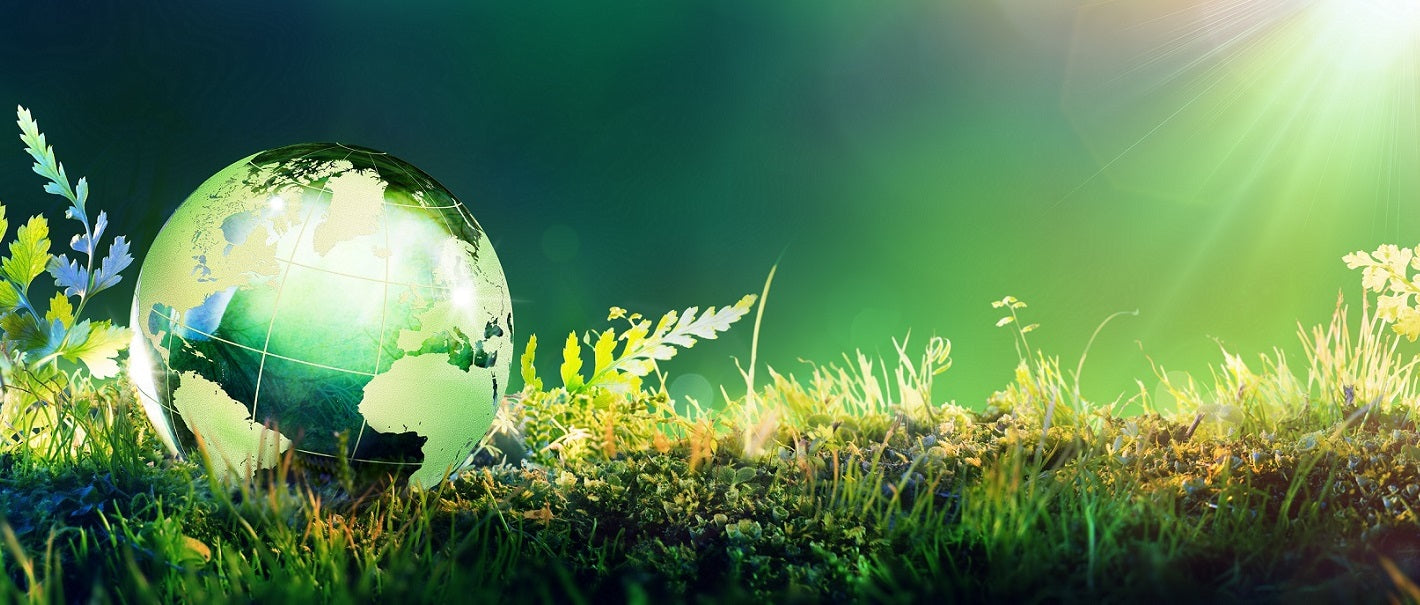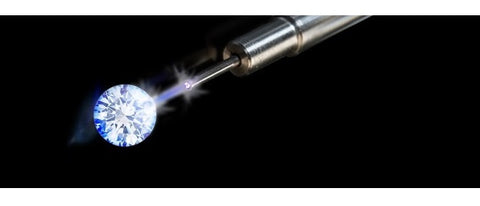
Lab Grown Diamonds - Facts Versus Fiction
While education relating to laboratory (or "lab") grown diamonds seems to be improving, the perception amongst the consumer is still mixed and often polarised.
Perhaps the most common misconception is that these are false or fake diamonds. They are not.
When we talk about fake diamonds they are usually glass or of a similar consistency which look at first (and distant!) glance like a genuine diamond.
However, synthetics such as cubic zirconias are lacking in any hint or hue of colour or fluorescence, do not sparkle to anywhere the near same degree as a well cut diamond, lack the same overall brilliance and of course will chip and crack when worn regularly.
h
Furthermore, they do not display the same internal structural nor chemical characteristics of a diamond and are instantly detectable as fake by your local jeweller. Ironically, their lack of even the tiniest blemish or inclusion is yet another giveaway.
A lab grown diamond on the other hand is, well, a diamond. The difference is that it has been evolved and grown under laboratory conditions. It must therefore be referred to and certified as being lab grown.

SPOT THE DIFFERENCE?
Even to gemologists both types of diamond look identical, assuming they are of similar grade.
A useful analogy is the cultured pearl which is grown in freshwater under controlled conditions, compared to a pearl discovered and extracted from it's natural habitat.
The process of growing the diamond essentially replicates and hugely accelerates the formation process of a natural mined diamond. (The natural diamond is formed under the earth's surface over thousands of years).
And like the formation of a natural "earth" diamond, the lab grown version is subject to the forces of nature with regards to how clear and white it is once formed.
While the sophisticated equipment and substantial human skillsets necessary in the laboratory growing process continue to evolve, it is not possible to grow a diamond to a predetermined carat weight, colour and clarity.
As with a naturally formed diamond therefore, each "rough" laboratory grown version (which uses a natural diamond "seed" as it's starting point) has it's very own entirely unique profile.
The rough lab diamond also has to then be "planned" using laser technology to determine which shapes and sizes of stones it should be "chopped" in to in the first instance.
Then each individual stone has to be polished and intricately cut to produce the finished article, ready to set within the appropriate item of fine jewellery.

In terms of defining the precise quality and grade, each Pobjoy lab grown diamond is evaluated by one of the leading independent gemological institutes; the IGI or the GIA.
As with naturally formed diamonds, lab grown diamonds are forensically examined and measured to establish their carat weight, colour, clarity, cut, polish and symmetry.
Each institute then produces a numbered certificate for the stone it has graded, detailing all these specific variables. This unique number is also nano-inscribed by laser along the girdle (the outer narrow rim) of the diamond and the details retained for verification in the future.
WATCH VIDEO OF LAB DIAMOND FORMATION
Conclusions
When buying a lab grown diamond it is essential for it to be supplied to you with this certificate. The certificate enables you to check the validity of the diamond and it's grading against the independent institute's own online records.
It also provides you with independent confirmation as to what it is you are buying.
Of course when it comes to price, this is where there is a marked difference between the naturally formed and lab grown diamond, with the latter typically costing between 60% and 70% less.
If you would like to compare a naturally formed and laboratory grown diamond please contact us to arrange an appointment.






